
AWARD-WINNING DIGITAL CREATIVE AGENCY
Contact Me
Newsletter
My weekly newsletter gives you FREE actionable tips, tricks, and advice on improving your video content, social media marketing, your business and much more!
The preponderance of (usually well-meaning) bad information spreading around the drone forums these days has prompted me to write this article. Please feel free to share this with those who are fearful or uneducated in the actuality of the upcoming FAA Remote Identification (RID) rule. It’s a bit of a long read, but worth it if you or someone you know is confused about RID.
Come September 16th, 2023, Congressionally mandated sUAS Remote Identification will be the law of the land. At least it will be in the US.
And as per Kevin Morris, FAA’s “Drone Guy”, as quote at the AUVSI XPO this last May, it’s “highly unlikely” that the RID operator compliance date will be pushed back. There are too many drones and modules on the FAA’s Declaration of Compliance (DOC) page.
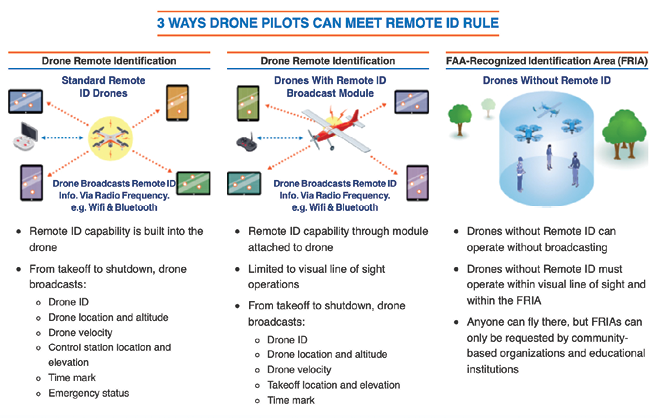
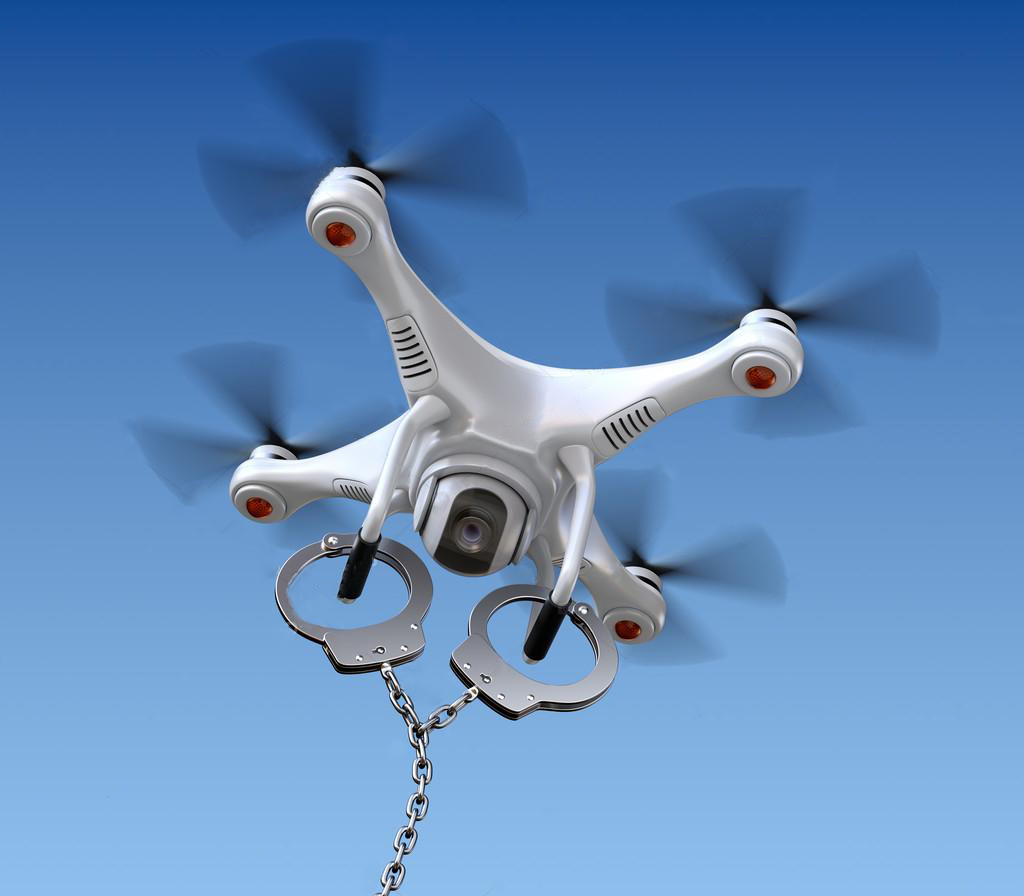
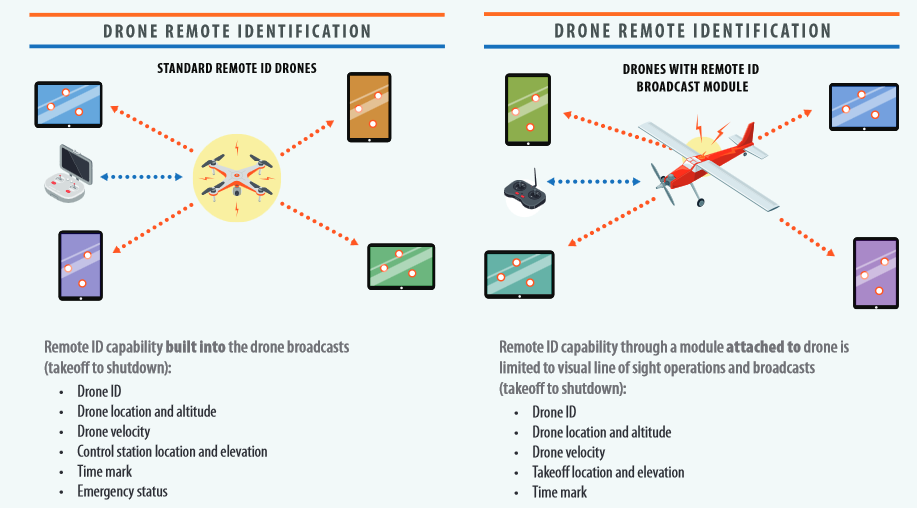
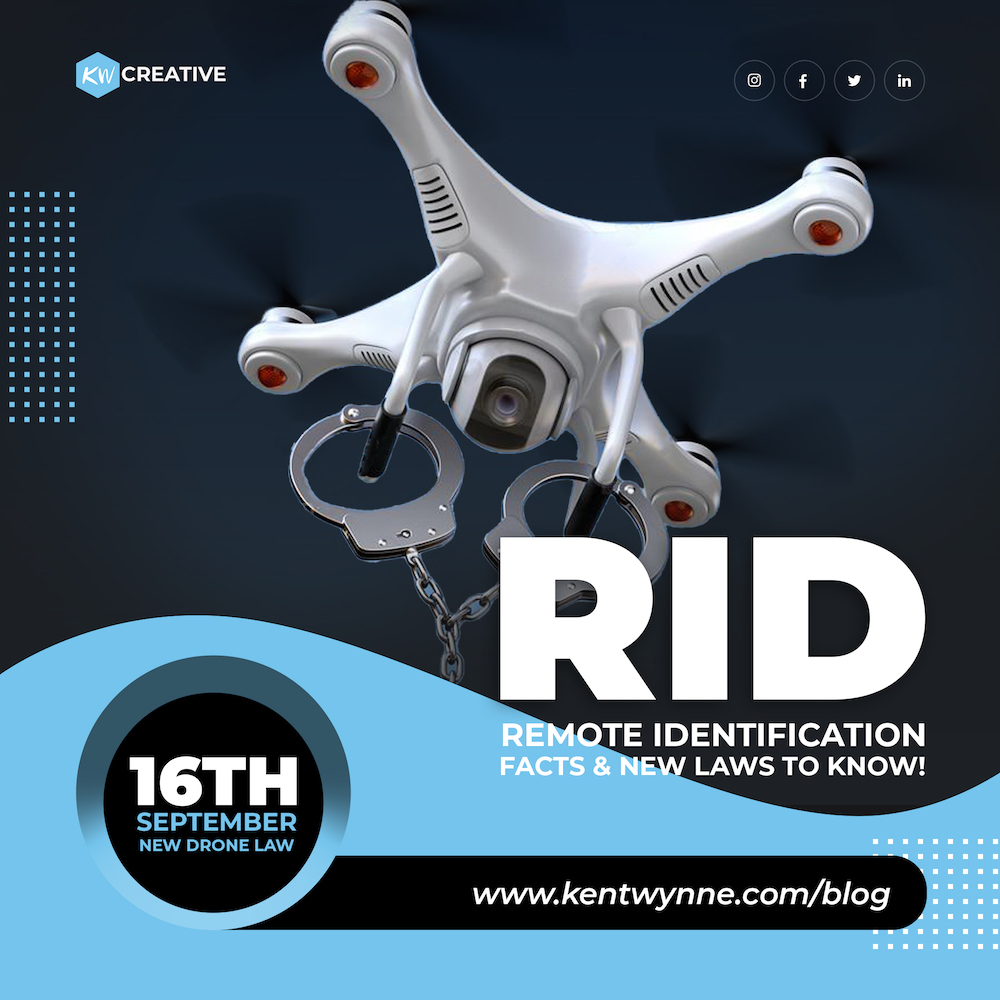
Being tracked and having data disclosed from every single flight.
Hobbyists will most likely not like being tracked and having to purchase additional equipment.
It could affect consumer sales for most people who don’t take flying seriously or aren’t professionals
It will help the drone industry and help stop people from flying into places that is dangerous.
It could help map out flights for better future consumer drone products or features.
And there is a TON of misinformation and outright lies being spread on social media. And the more they are spread, the worse it gets. So please do us all a favor and make sure you understand the actual facts about RID before you post “I heard on the Inner Webs…” type information. It may not be correct, and if it’s not, you’re making things worse.
So let’s put so much of that bad information to rest.
First and foremost, if you get nothing else out of this article, remember that RID is tied to registration. That is THE KEY component of RID. More on why later…
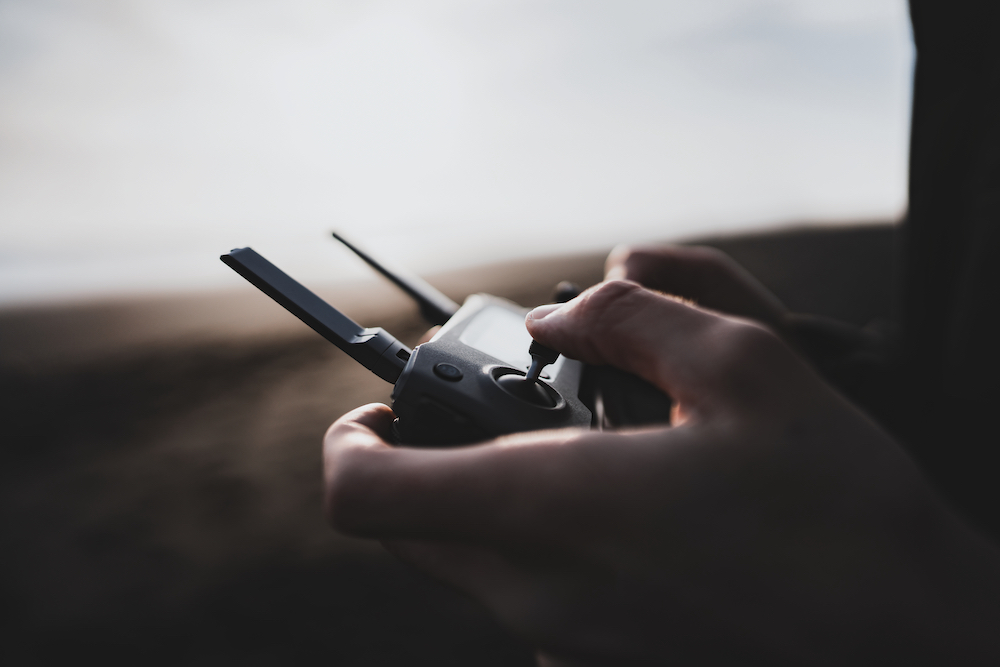
And if you’re a glutton for punishment, suffering from insomnia in search of a method to fall asleep, or (like me) are a self-described policy wonk, go here to read the RID Final Rule. Or, you can just peruse the actual regulatory language here. Or, for the FAA’s summary page, check this out.
The first method of compliance is to fly a drone that qualifies under the Standard Remote ID rule under § 89.301.
From take-off to landing, Standard Remote ID drones will be required to broadcast message elements that will include:
(a) The identity of the unmanned aircraft, consisting of:
(1) A serial number assigned to the unmanned aircraft by the person responsible for the production of the standard remote identification unmanned aircraft; or
(2) A session ID.
(b) An indication of the latitude and longitude of the control station.
(c) An indication of the geometric altitude of the control station.
(d) An indication of the latitude and longitude of the unmanned aircraft.
(e) An indication of the geometric altitude of the unmanned aircraft.
(f) An indication of the velocity of the unmanned aircraft.
(g) A time mark identifying the Coordinated Universal Time (UTC) time of applicability of a position source output.
(h) An indication of the emergency status of the unmanned aircraft.
The second method of compliance is to fly a drone that has a RID Module attached under § 89.115 (a).
From take-off to shut down, the RID Module must broadcast message elements that will include:
(a) The identity of the unmanned aircraft, consisting of the serial number assigned to the remote identification broadcast module by the person responsible for the production of the remote identification broadcast module.
(b) An indication of the latitude and longitude of the unmanned aircraft.
(c) An indication of the geometric altitude of the unmanned aircraft.
(d) An indication of the velocity of the unmanned aircraft.
(e) An indication of the latitude and longitude of the take-off location of the unmanned aircraft.
(f) An indication of the geometric altitude of the take-off location of the unmanned aircraft.
(g) A time mark identifying the Coordinated Universal Time (UTC) time of applicability of a position source output.
And the third method of legally flying a drone that requires RID, yet doesn’t have RID, is to fly them at an FAA Recognized Identification Area (FRIA) as described under § 89.115 (b). The rules for FRIAs include are pretty basic, and include:
(1) The unmanned aircraft and the person manipulating the flight controls of the unmanned aircraft system remain within the boundaries of an FAA-recognized identification area throughout the operation; and
(2) The person manipulating the flight controls of the unmanned aircraft system must be able to see the unmanned aircraft at all times throughout the operation.
Okay, so now that you know the wording of the actual regulations, let’s dive a tad deeper into the minutiae.
All drones that must be equipped with RID must perform a self-test upon start-up.
If you are flying a drone equipped with Standard RID, then that RID system is tied to the control system of the drone. And if the RID self-test fails, that drone will not lift off. If the RID system fails during flight, it will notify the operator, and the operator must land “as soon as practicable”. The RID system will NOT force land the drone.
All people flying a drone that requires a RID Module will also have a self-test involved. However, since the module is just an attachment to the drone itself, and not tied to the control system of the drone, it is up to the operator to not fly if the self-test fails. Each module will have its own system to tell the operator if the RID fails. It could be a blinking red light, maybe an annoying beep, or something else entirely. Check the instructions from your module manufacturer.
If you want to fly a mission that requires BVLOS, the drone MUST be compliant under the Standard Remote ID. You cannot fly a drone BVLOS if it has a RID Module. And no, that does not mean you can automatically fly a drone BVLOS if it is equipped with Standard RID. It simply means if you want to fly BVLOS, the drone you use must have Standard RID. How you legally accomplish that BVLOS flight would be dependent on your waiver or rules change.
Okay, what if my drone doesn’t require FAA registration, do I need RID (remember, I said more on this later…)?
The short answer is no, it does not. And you can fly that drone anywhere the FAA says it’s legal to fly. And what doesn’t need to be registered? Any drone has flown strictly for recreational purposed that weighs under 250g (.55lbs).
The long answer is that it may broadcast the RID message anyway. Since Standard and Module RID units must be “tamper-resistant”, that means if your <250g drone is equipped with Standard RID (such as the DJI Mini 3 or Autel Nano), and you’re only going to fly recreationally, the drone will still broadcast its RID message. It will do that whether you’re flying under 107 (default rules) or 44809 (the recreational exception), and you can’t turn it off (tamper resistant, remember). But you still do not need to register it under 44809. If you’re flying a <250g drone under 107, and you’re using a RID Module, you are allowed to remove it when you’re flying under 44809.
Is my drone compliant?
That’s an easy thing to check. Simply go to the FAA’s RID DOC page. If it’s listed there, it’s compliant under Standard RID. If it’s not listed there, that list also has all approved RID Modules. Plan accordingly. Search your drone model or manufacturer.
Information Source: insideunmannedsystems
Whatever your drone requirements maybe, we’d love to hear from you and work with you. From full Ariel photography or drone video shoots to a whole video marketing campaign. We got you covered! Get in touch to find out how we can help you!
AWARD-WINNING DIGITAL CREATIVE AGENCY
My weekly newsletter gives you FREE actionable tips, tricks, and advice on improving your video content, social media marketing, your business and much more!
Drone Insured | Privacy Policy | Copyright Notice | Cookie Policy
© Copyright – KW Creative Agency – All Rights Reserved